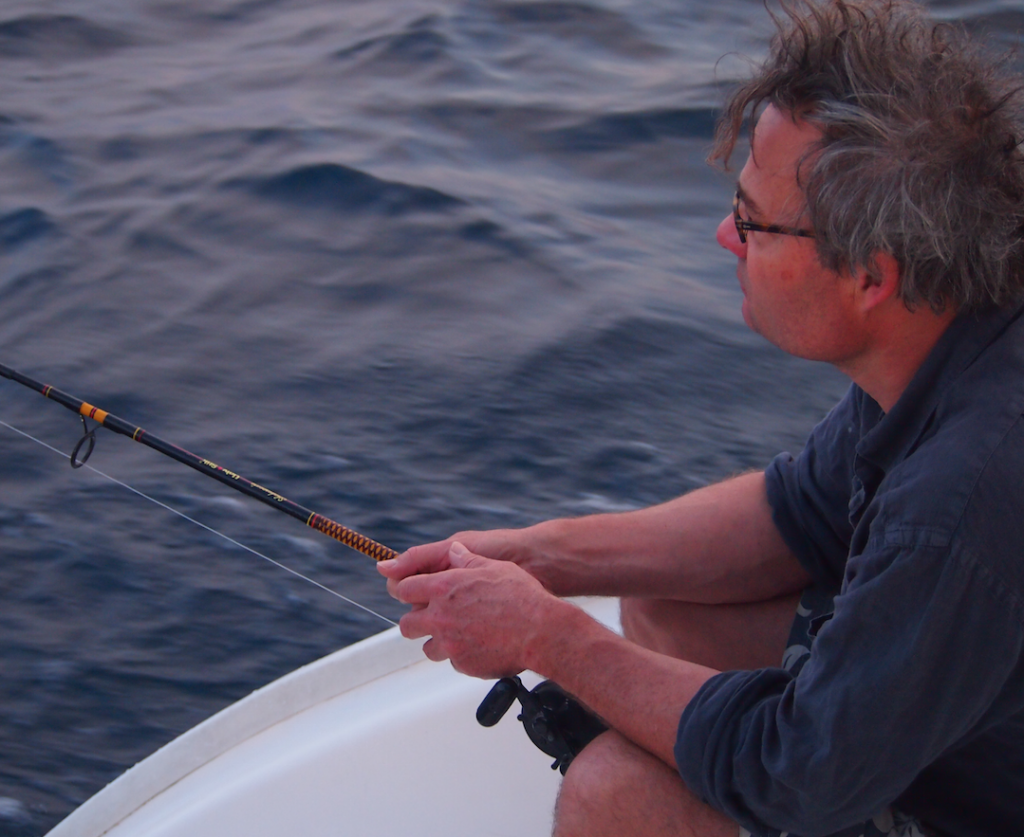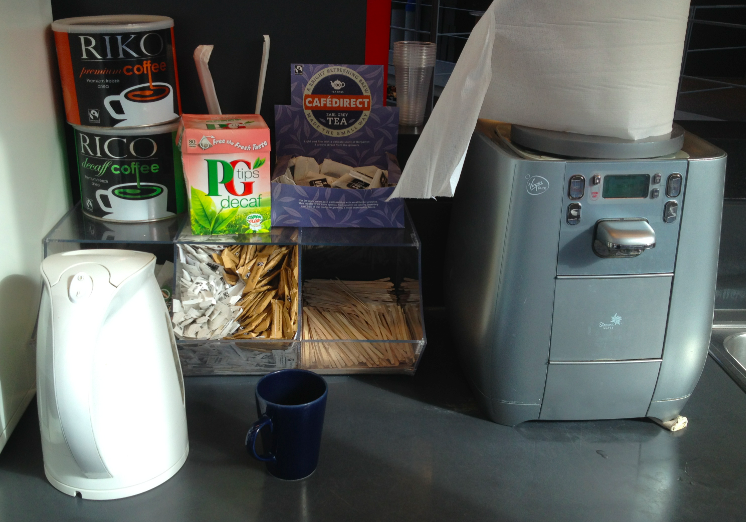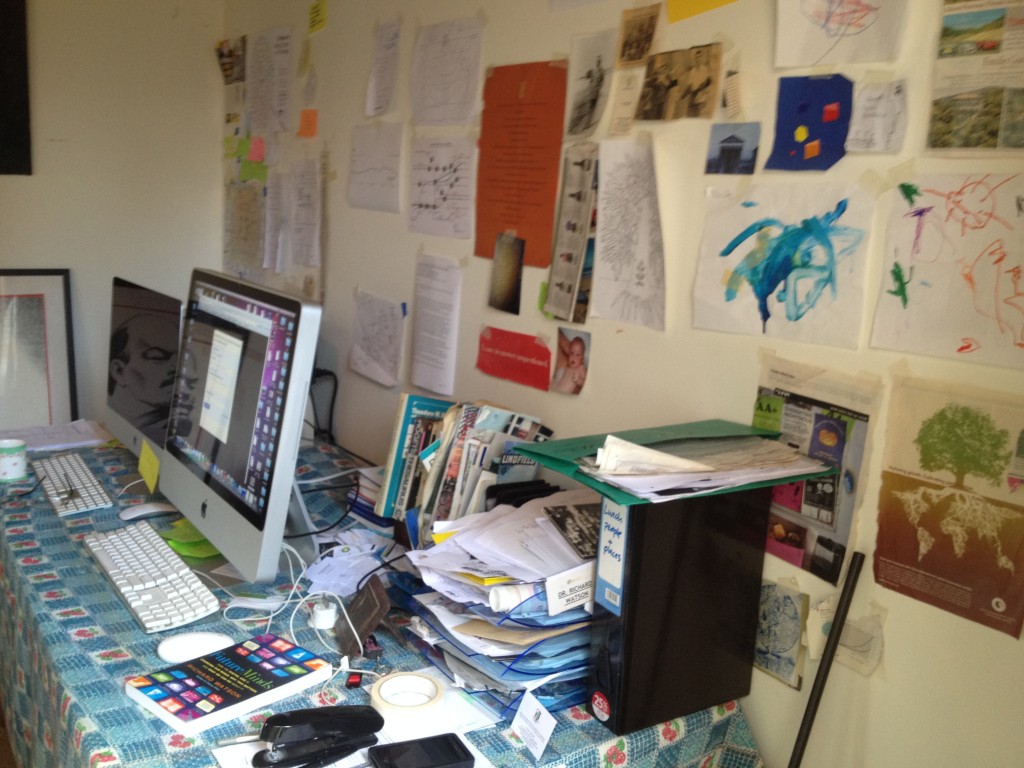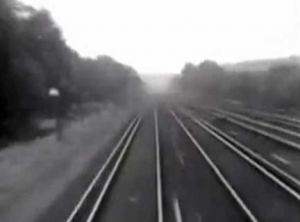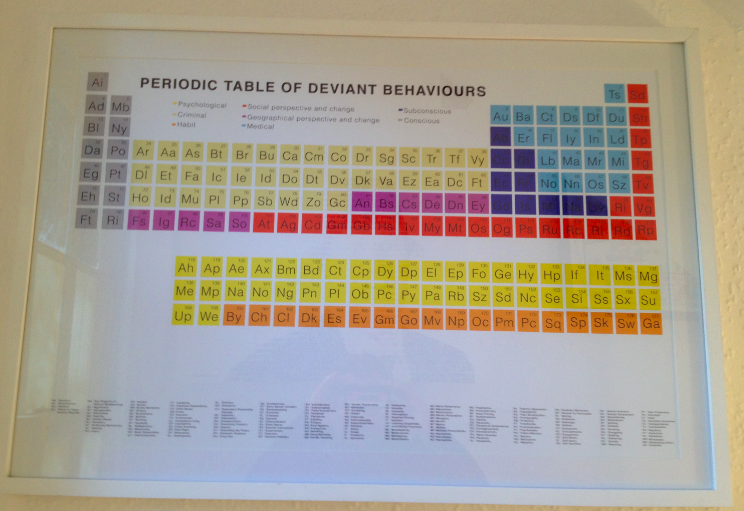
I was wandering aimlessly around Notting Hill in London yesterday with a few hours to kill. The key word here is aimlessly, because I strongly suspect that if I’d had a plan, or been in a frantic hurry, the following would not have happened.
After 30 minutes or so I walked past an art gallery I hadn’t seen before. It was a pop up gallery called the Apart Gallery housed in a derelict townhouse at number 1, Lonsdale Road (London W11). I rarely go into galleries, but for some reason I walked in. There were a couple of nice pieces on the ground floor, but nothing I was especially interested in. Normally I would have left, but for some reason I wandered upstairs. There were some lovely pieces on the first and second floors too, but not really for me. But on the way downstairs I noticed something that for some reason I hadn’t seen on my way up the stairs. It was a limited edition print of a Periodic Table of Deviant Behaviours by an artist called Mark Adamson and was reminiscent of a table of the elements I did a few years back. £950 for a framed edition of 10 seemed rather good value for Notting Hill. I may yet pop back and buy one. The gallery closes on December 13th.
But here’s the thing. I still had some time to kill so I decided to have a foot massage (this is giving away far too much about my own deviant behaviour!). As it happens the foot massage wasn’t especially great, but towards the end of the session an idea suddenly popped into my head.
The point of this is this. Firstly, if you are seeking an idea you need to stop looking for a while. Then you need some random or serendipitous inputs, in my experience the more the better. Then you need to wait and relax and let things mingle and merge inside your head.
I’m not sure how this might be expressed as an equation, but possibly something like…
T →S+R =C
C= Creativity (Ideas & Insights)
T=Time (sometimes described as being wasted)
R = Relaxation (or cutting out external stimuli or disruption)
S = Serendipitous (random) happenings or events
BTW, if you don’t like this equation blame my son, aged 12.


